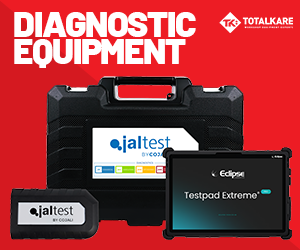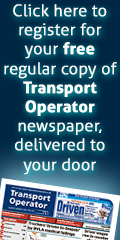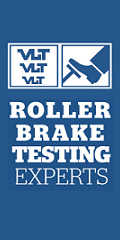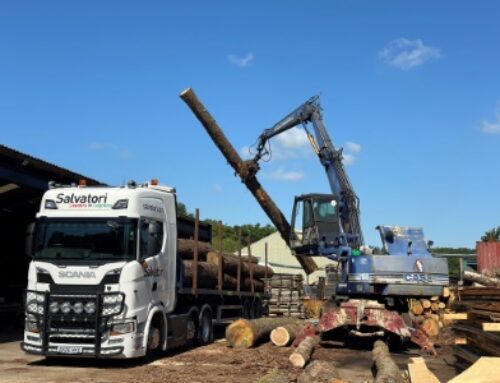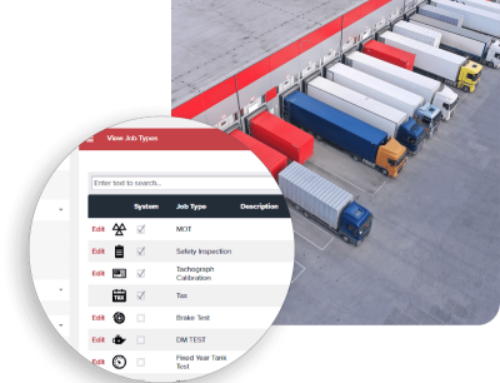Aquarius: rethinking the value of tachograph data
Fleet software specialist Aquarius IT has emphasised the competitive advantages that tachograph data can bestow on operators, in addition to the compliance benefits.
In today’s dynamic and highly competitive transport industry, says Aquarius managing director Mark Johnston, data is more than just a by-product – it’s a strategic asset.
“One of the most underutilised yet richly informative sources of this operational data, in my experience, comes from the humble tachograph,” said Mark.
“The tachograph has long been regarded primarily as a compliance tool, monitoring drivers’ hours and keeping operators aligned with UK and EU regulations. Analysis has typically centred on identifying infringements and ensuring drivers take appropriate rest breaks under (EC) No 561/2006.
“But from my experience with how technology has evolved, when this data is connected with other operational and business systems, its value broadens significantly.
“When integrated with platforms for payroll, time and attendance, licence checks, asset maintenance, and fleet tracking, tachograph data becomes a practical engine for cost control, risk reduction, workforce efficiency, and smarter decision-making.”
Mark cites the example of Aquarius’ suite of driver and fleet software solutions: when Time & Attendance data is connected with tachograph downloads in ClockWatcher Elite, operators gain a much clearer view of shift patterns, absenteeism, and working time compliance all on one screen. Driver card data can also verify shift start and end times, reducing payroll errors and disputes.
“Licence integrations, in my view, are equally significant because they provide automated visibility into driver eligibility, helping operators avoid manual checks and mitigate risks,” he continued.
“The introduction of remote tachograph downloads has further enabled live access to drivers’ hours. From my perspective, and in line with what I hear from operators, this has been one of the most valuable shifts in recent years. Transport planners can instantly match loads to driver availability. This not only improves customer satisfaction but also supports driver wellbeing by avoiding infringements and reducing unnecessary stress.
“Compliance will always remain the foundation of tachograph data. However, I am convinced – and my experience working alongside customers confirms this – that by managing this data through a centralised digital platform, operators can unlock measurable improvements in efficiency and profitability.”
Drivers’ hours data can inform better vehicle utilisation and load planning, he adds, helping to balance workloads and reduce overuse of particular assets.
“When combined with fleet maintenance platforms like Aquarius’s Asset Maintenance and Asset Finance, I have seen customers uncover hidden costs and trends that would otherwise remain unnoticed.
“A standout example is when transport teams use the system to track part-level damage trends and challenge third-party maintenance spend. This insight enables more cost-effective fleet decisions and ongoing cost reviews with both internal and external partners.
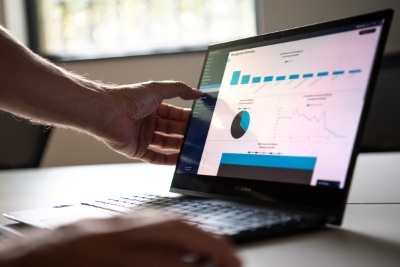 “By linking defect reporting and service scheduling with finance data, businesses can also manage vehicle life cycles more intelligently, from servicing decisions through to replacement.”
“By linking defect reporting and service scheduling with finance data, businesses can also manage vehicle life cycles more intelligently, from servicing decisions through to replacement.”
Just as importantly, says Mark, this data creates a reliable digital audit trail.
“Managed effectively, it supports legal due diligence, reduces exposure to fines or reputational damage, improves safety, and strengthens a fleet’s ability to defend against legal claims.
“Tachograph data is not just about managing day to day operations either – it is a useful tool for long-term planning. With connected compliance data powering business intelligence dashboards, operators can benchmark performance, identify anomalies, and implement continuous improvement initiatives across the fleet.
“And with APIs enabling integration across transport management systems, warehouse platforms, vehicle tracking, and camera systems, businesses gain a more joined-up view of operations. This automated data flow supports planning, risk management, and service delivery, all while removing the friction of manual transfers or siloed systems.”
For Mark, integration isn’t just a technical step, it is a practical enabler.
“By synchronising tachograph data with tools like GPS tracking, defect management, driver monitoring, and HR systems, operators create an environment where information moves freely across departments. This turns compliance data into everyday intelligence – whether it is spotting emerging risks, aligning maintenance with usage, or monitoring team performance.
“At Aquarius, I have seen first-hand how this integration helps fleets – from national operators to independents – strengthen planning frameworks, improve safety, and achieve meaningful cost reductions. I believe the data delivers valuable insights when it is brought together effectively.”





